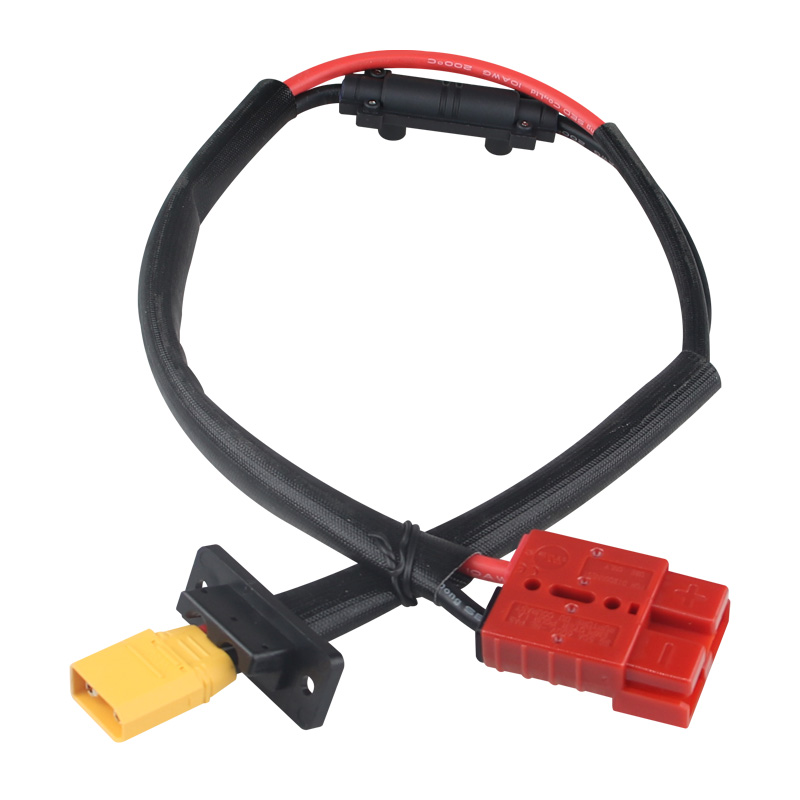
Professional Term Definition:
Crimping is a connection method used in the cable assembly process, involving the connection of wires and terminals. This process utilizes specific mechanical force (by removing the insulation from the wire, pressing the terminal onto the conductor) with molds and crimping equipment to transform raw materials (terminals, wires, and waterproof seals) into semi-finished harnesses (circuits). Through crimping, electrical conduction can be achieved between wires and terminals. A poor crimping state can result in increased impedance at the crimping site, leading to issues such as overheating. Tight and secure bonding of the two materials is crucial for effective electrical conduction or solid joining. Therefore, precise crimping tools are essential to ensure high-quality crimping.
Why Crimping is a Key Process:
Well-crimped terminals reduce resistance, minimize copper wire oxidation at the crimping site, and offer excellent performance in terms of tightness and conductivity. The robust tightness ensures that the connection remains secure and intact within a specified range during tensile strength testing.

Introduction to Crimping Process – A Critical Step in Wire Harness Processing
Principle of Crimping:
Crimping involves using manual or automatic specialized crimping tools to mechanically compress the metal crimp barrel around the bare wire, creating a connection.
The mechanical compression of the crimp barrel onto the bare wire, using dedicated manual or automatic crimping tools, is a technique that allows metal to deform within specified limits to connect the wire to the contact. A well-crimped connection allows the metals to intermingle and flow, resulting in symmetrical deformation of the stranded wire and contact material. This crimping connection resembles a form of cold welding, providing excellent mechanical strength and continuity. During the crimping process, the conductor undergoes deformation in both the longitude and latitude directions, forming a cold weld.
After crimping, the completed materials need to be placed on a material rack, ensuring that wires and terminals do not scatter or fall on the ground to avoid damaging the materials. A first-piece inspection must be carried out for each batch and type of material, with meticulous recording (height and width of the first two crimped terminal cores and wires, height and width of the insulation, pull-out force of the terminal, retaining the first piece). After completing each batch and type of wire, check against the first piece.
Appearance Inspection Criteria:
1. Check whether the terminal crimping is well-formed, and whether there is any damage or core wire breakage at the tight wrSEDing of the insulation layer and core wire.
2. For terminals with crimped adhesive plugs, they should be well-formed, firm, and not damage the insulation layer, core wire, or adhesive plug.
3. Check for any missed crimps, incorrect crimps, and poor crimping in each wire bundle.



SHENZHEN DMIC CO.LTD
Office Add:No.1408, Building 8, Qianhai Kexing Science Park, Xixiang Street Baoan District, Shenzhen China(518102)
Blog
sitemap
Privacy Policy
XML
© 2025 Shenzhen DMIC Co.,LTD. All Rights Reserved .  network supported
network supported